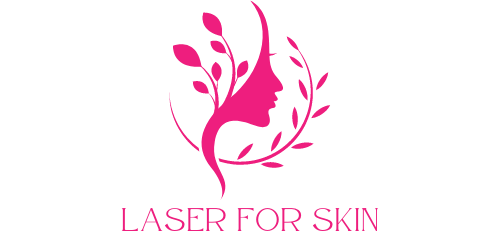Introduction: Laser skin treatment has revolutionized the field of dermatology, offering precise and effective solutions for a wide range of skin concerns. But how exactly does this advanced technology work its magic? In this guide, we’ll take a closer look behind the beam to understand the science and mechanics of laser skin treatment.
- The Basics of Laser Technology:
- Laser stands for Light Amplification by Stimulated Emission of Radiation. It produces a focused beam of light with a specific wavelength and intensity.
- The wavelength of the laser determines its target in the skin. Different wavelengths are absorbed by different chromophores, such as melanin (for pigmentation) or water (for tissue).
- Laser devices can be categorized into ablative and non-ablative types. Ablative lasers remove layers of skin, while non-ablative lasers work beneath the skin’s surface without damaging the outer layer.
- Targeting Specific Skin Concerns:
- Laser skin treatments can address a variety of concerns, including wrinkles, fine lines, pigmentation irregularities, acne scars, and vascular lesions.
- For example, lasers targeting melanin are used to treat hyperpigmentation and sunspots, while lasers targeting blood vessels can reduce redness and vascular lesions.
- The precise targeting of lasers allows for customized treatment tailored to each individual’s skin type and concerns.
- Stimulating Collagen Production:
- One of the key mechanisms behind laser skin treatment is the stimulation of collagen production.
- By delivering controlled thermal energy to the skin, lasers create micro-injuries that trigger the body’s natural healing response.
- This stimulates the production of new collagen, a protein responsible for skin firmness and elasticity, leading to smoother, tighter skin over time.
- Fractional vs. Non-Fractional Lasers:
- Fractional lasers create tiny treatment zones within the skin, leaving surrounding tissue intact. This promotes faster healing and reduces downtime.
- Non-fractional lasers deliver energy to the entire treatment area, resulting in more dramatic but potentially longer recovery times.
- The choice between fractional and non-fractional lasers depends on the desired level of improvement and the patient’s tolerance for downtime.
- The Treatment Process:
- Before the treatment begins, the skin is cleansed and a topical numbing cream may be applied to minimize discomfort.
- During the treatment, the laser device is passed over the skin in a controlled manner, delivering pulses of light energy to the targeted areas.
- Patients may feel a mild tingling or stinging sensation during the procedure, but discomfort is typically minimal and manageable.
- After the treatment, the skin may appear red or swollen, similar to a sunburn. These side effects usually subside within a few days to a week, depending on the intensity of the treatment.
Conclusion: Laser skin treatment harnesses the power of advanced technology to address a wide range of skin concerns, from wrinkles and pigmentation to acne scars and vascular lesions. By understanding the science behind laser technology and its mechanisms of action, patients can make informed decisions about their treatment options and achieve the radiant, rejuvenated skin they desire.



